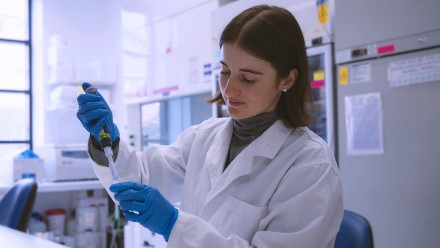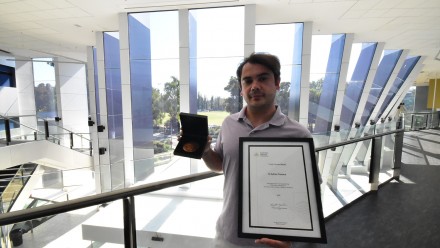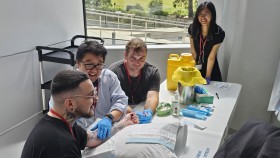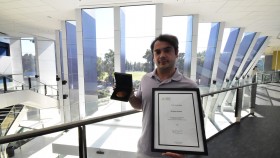Paper of the Week in The Journal of Biological Chemistry
Red blood cells transport oxygen from the lungs to all tissues. To reach every cell they have to move through very narrow blood vessels. To allow this red blood cells are elastic and maintain a doughnut like shape. Alteration of the shape of red blood cells causes anaemia and can cause problems to the blood supply of tissues and cells. Red blood cells are surrounded by a membrane, which is composed of proteins and lipids. The function and survival of red blood cells is closely associated with this cell membrane. The membrane can be likened to two sheets of paper which are wrapped around the cell. The two sheets of paper are different and actually can exchange material between them. This exchange is mediated by specific proteins that are embedded in the paper sheets. One of these proteins is called ATP11C.
In a recent study published as a “Paper of the Week” in The Journal of Biological Chemistry, a team, led by PhD student Mehmet Yabas, Postdoctoral Fellow Lucy Coupland and Senior Research Fellow Dr Anselm Enders, from The John Curtin School of Medical Research discovered an novel important role for ATP11C, in the control of survival and shape of red blood cells. The authors demonstrated that red blood cells from the mice deficient in this exchanger have a shortened life span and reduced number of red blood cells. The study reveals an important functional role for lipid transporters in red blood cell biology and provides a new candidate for anaemia in humans.














